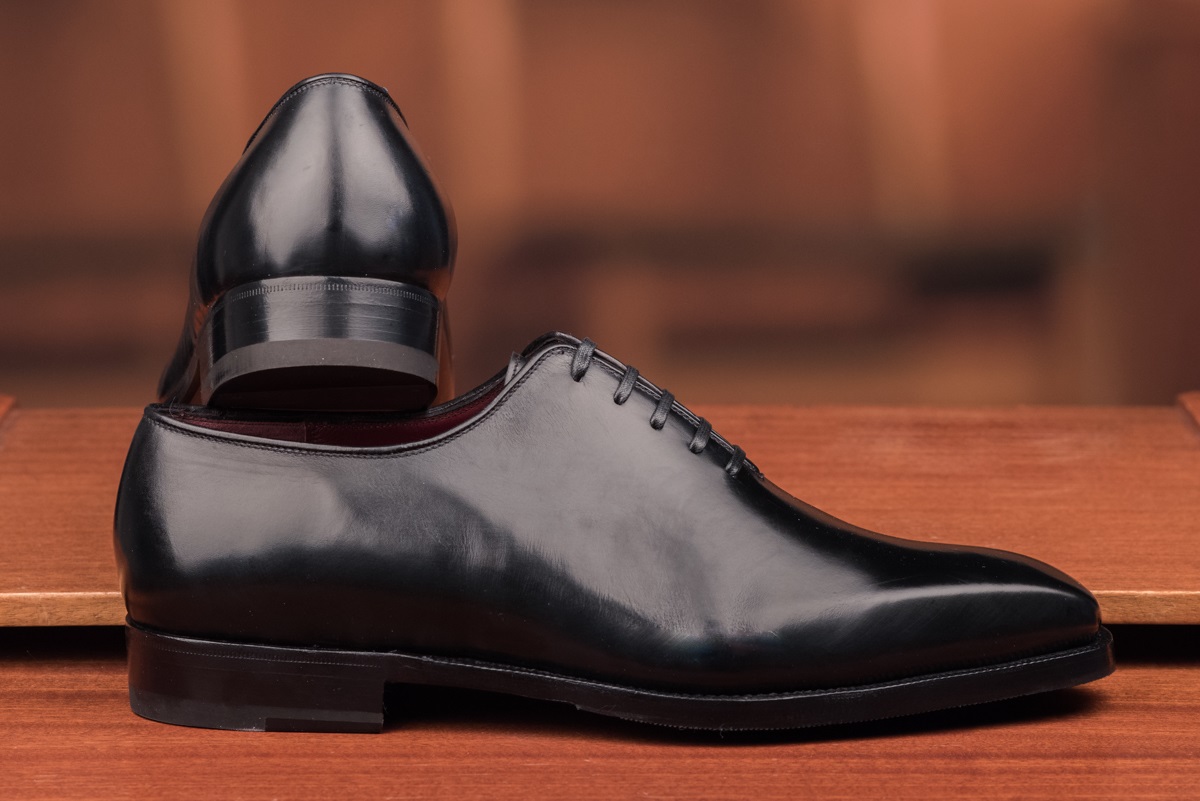The answer is, artificially added. It’s like there’s big, and there’s bigger than big. And Ford has the Focus, the new Focus, the all-new Focus (that’s the official name of the three generations of the product).

In essence, there is no real and fake.
Fiddleback and Wholecut both speak of appearance. As long as the appearance is the same, there is no real and fake.
So how did this real and fake come about? I sincerely hope that the “real” prefix was not invented by me, and I really don’t remember seeing real wholecut before mine, but the pseudo fiddleback seems to be from another Chinese blogger.
To distinguish the real and fake wholecut, the correct and accepted prefix is seamless, the whole shoe does not see any seam.
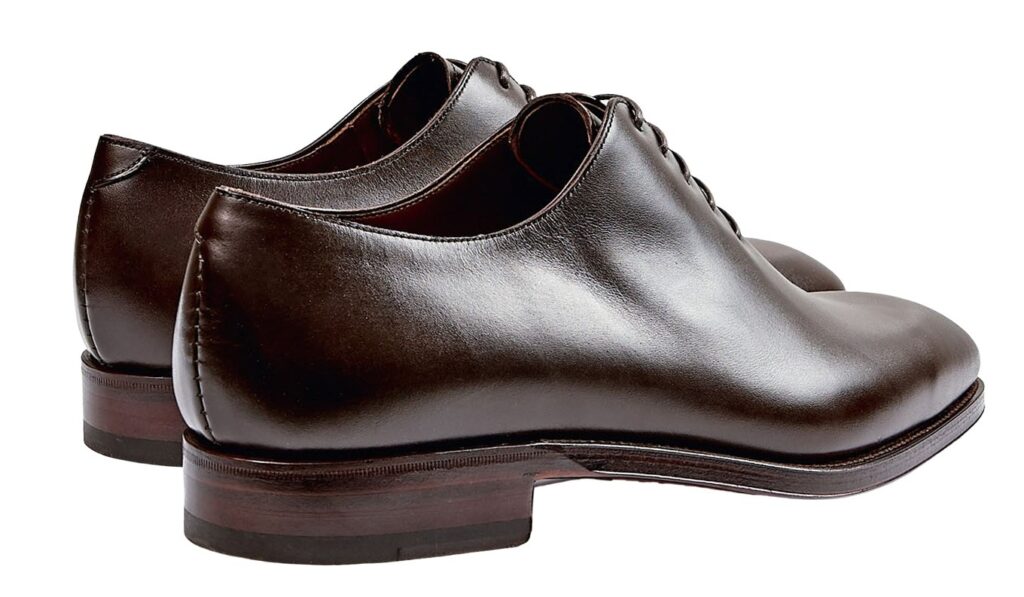
For wholecut oxford, the seam is generally at the heel, so if it is a real Oxford, it has a seamless heel, so called Seamless Wholecut.
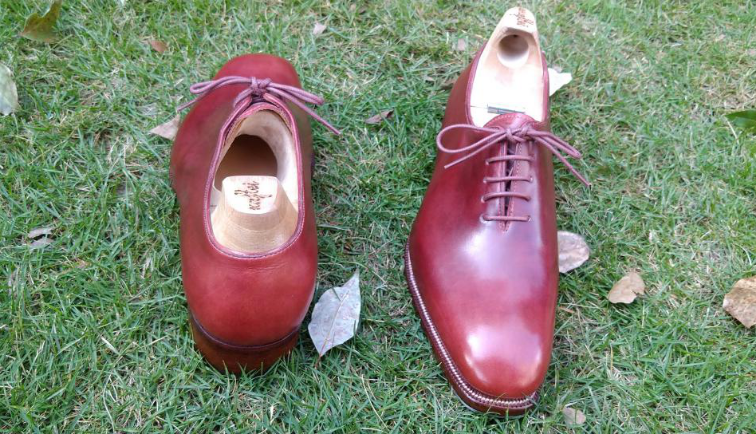
For simplicity, or explosiveness, I used the word “real” from the game “Dynasty Warriors”, not to say real or fake, but to say that it gives people a shocking feeling.

For wholecut oxford, if you want to say real or fake, maybe the ordinary one with seam at heel is the “real” and seamless is the “fake”. Because the style with seams was invented by Berluti, and the seamless style was invented by an English shoemaker who did not leave a name.
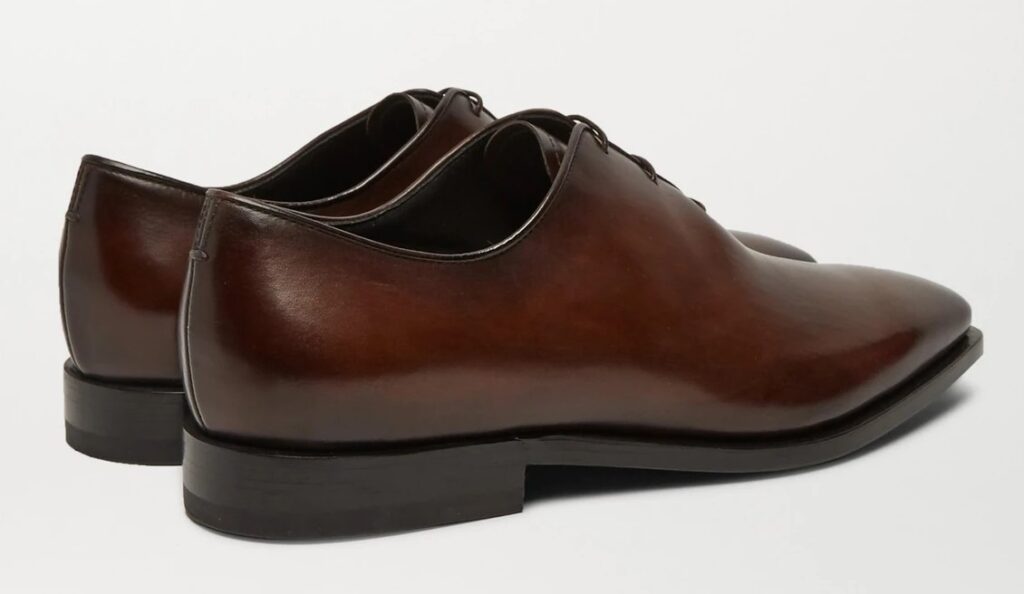
Berluti’s Alessandro is widely known. But the seamless version is only available to a small number of shoe lovers, and with unforgettable name Zerocut.
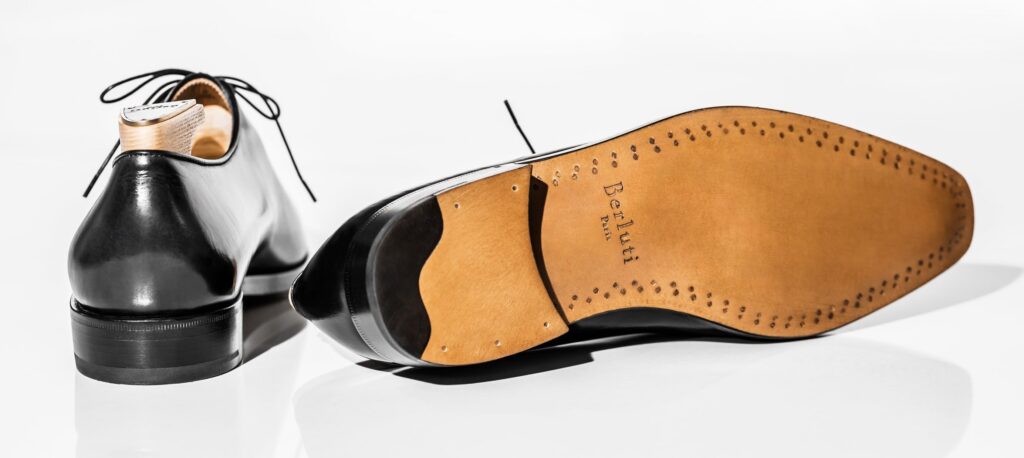
Fiddleback refers to the feature of the shoe waist arched, I am not sure of the origin. Goodyear shoes for decades, the sole is flat at the waist.
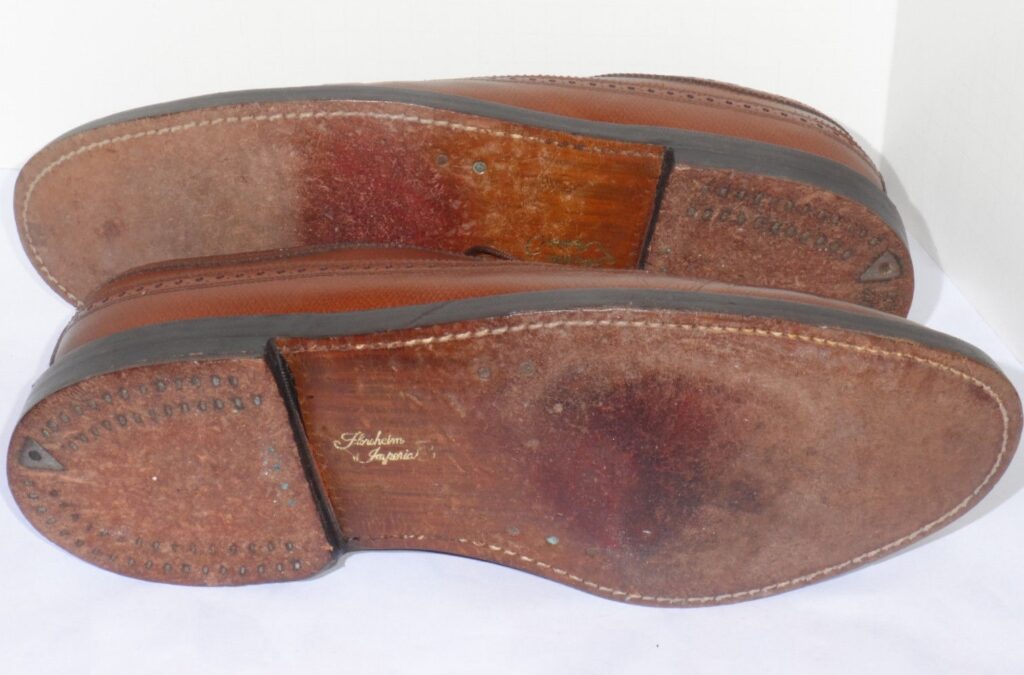
The British traditional bespoke shoes, in order to achieve the characteristics of blind waist, the edge of the waist will be pulled up, or rolled, so that there is a more convex middle and a curve down on both sides, this feature is called Bevelled.

Fiddleback and Bevelled are different, Bevelled is rounded and gentle, Fiddleback has a sharp ridge, in comparison, sharper and more eye-catching.
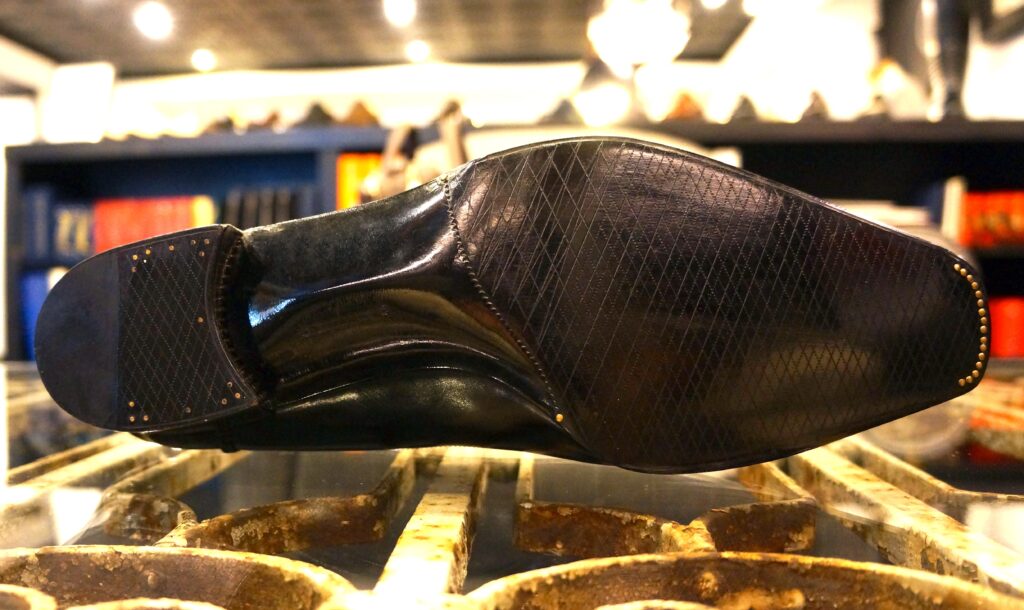
I suspect it was Gaziano & Girling’s creation, because the brand took the route that, 1) sharp, eye-catching, and 2) introduced some bespoke shoe craftsmanship in.
The so-called pseudo-fiddleback refers to the arch of the waist of the sole, which is not produced by the operation of the two sides, but simply between outsole and midsole a small thing is padded in the middle of the waist.
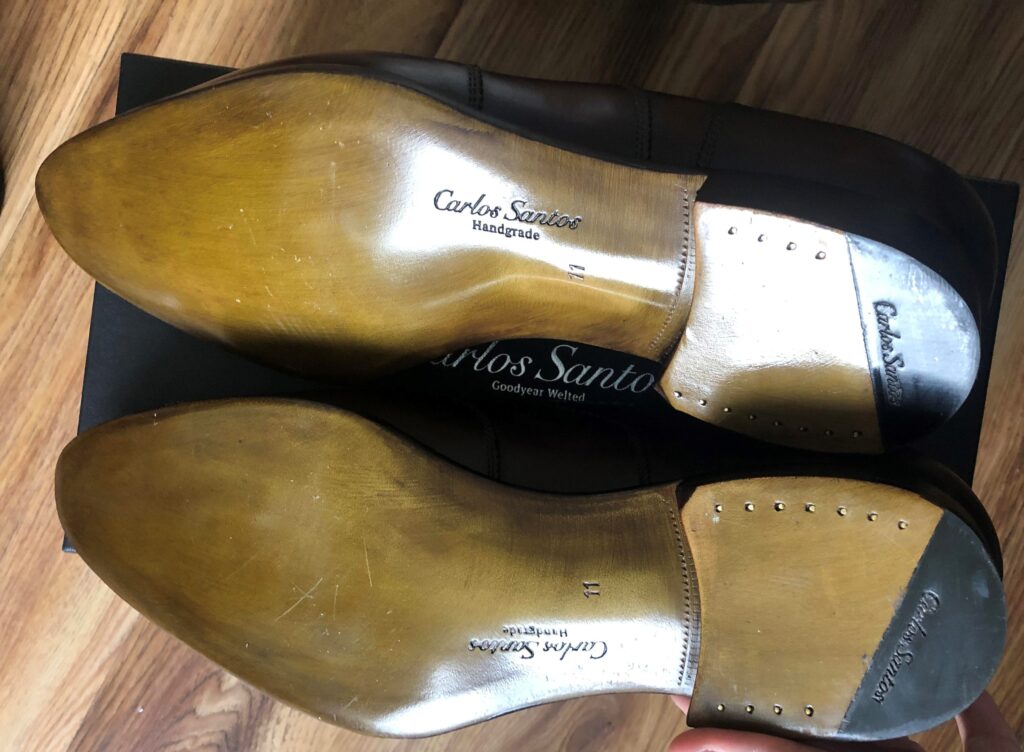
Simply put, it is to complete the characteristics of bespoke shoes in a clever way, a bit like we see that many adhesive shoes have the element of faux stitches.
Back to why traditional bespoke shoes do the same treatment on both sides of the waist, the purpose is to make the shoes more streamlined, and to add some feminine elements, so more elegant.
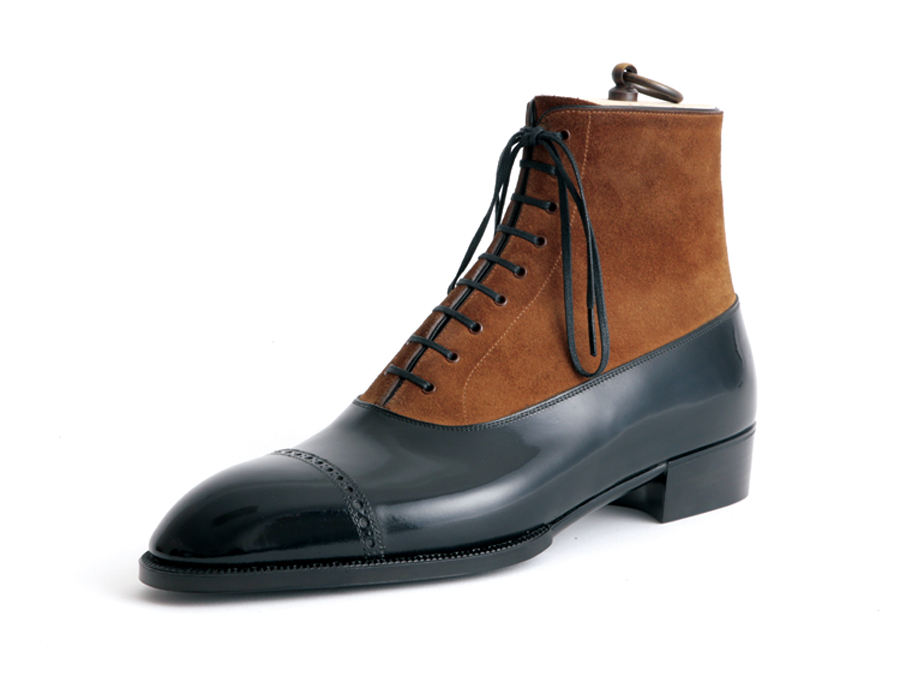
Recently, in order to achieve this feature, many brands use the construction of forefoot Goodyear and waist Blake. The first I saw was the Japanese brand Floriwone. Chinese shoemaker Cie and Twinkima.G also followed suit.

A feature, how to achieve it, does not define its real or fake, and it cannot even be said that “cutting corners” to achieve is not right, isn’t this also innovation? In the case that I see leather shoes as a practical handicraft, I am happy to see any innovation that enhances aesthetics, and I am happy to see the way to reduce costs so that more people can experience them.

